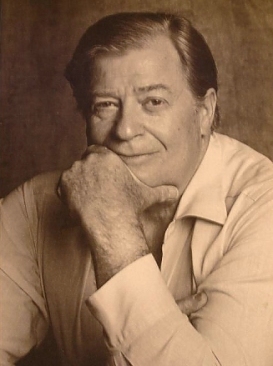
James Clavell was an Australian-born British writer, screenwriter, director, and World War II veteran and prisoner of war. Clavell is best known for his Asian Saga novels, a number of which have had television adaptations. Clavell also wrote such screenplays as those for The Fly (1958), based on the short story by George Langelaan, and The Great Escape (1963), based on the personal account of Paul Brickhill. He directed the popular 1967 film To Sir, with Love, for which he also wrote the script.

George Morris Baker, MBE was an English actor and writer. He was best known for portraying Tiberius in I, Claudius, and Inspector Wexford in The Ruth Rendell Mysteries.

The Fly is a 1958 American science fiction horror film and the first installment in The Fly film series. The film was produced and directed by Kurt Neumann and stars David Hedison, Patricia Owens, Vincent Price, and Herbert Marshall. The screenplay by James Clavell is based on the 1957 short story of the same name by George Langelaan.

The Inspector is an American series of 34 theatrical cartoon shorts produced between 1965 and 1969 by DePatie–Freleng Enterprises and released through United Artists. The cartoons are dedicated to an animated version of Inspector Clouseau comically battling against a rogues' gallery of internationally styled villains.
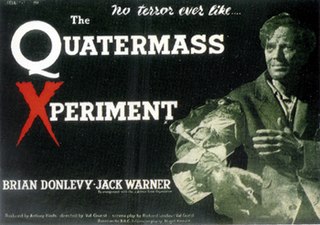
The Quatermass Xperiment is a 1955 British science fiction horror film from Hammer Film Productions, based on the 1953 BBC Television serial The Quatermass Experiment written by Nigel Kneale. The film was produced by Anthony Hinds, directed by Val Guest, and stars Brian Donlevy as the titular Professor Bernard Quatermass and Richard Wordsworth as the tormented Carroon. Jack Warner, David King-Wood, and Margia Dean appear in co-starring roles.
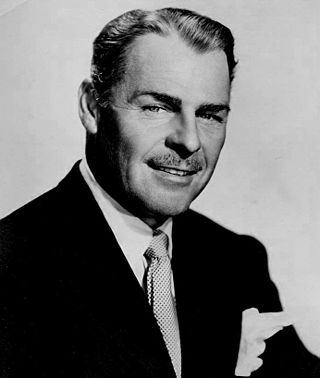
Waldo Brian Donlevy was an American actor, who was noted for playing dangerous and tough characters. Usually appearing in supporting roles, among his best-known films are Beau Geste (1939), The Great McGinty (1940) and Wake Island (1942). For his role as the sadistic Sergeant Markoff in Beau Geste, he was nominated for the Academy Award for Best Supporting Actor.
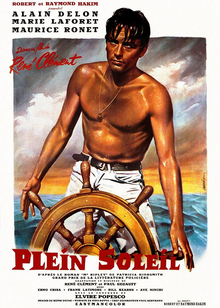
Purple Noon is a 1960 crime thriller film starring Alain Delon, alongside Marie Laforêt and Maurice Ronet; Romy Schneider, Delon's girlfriend at the time, makes a brief cameo appearance in the film. Directed by René Clément, the French/Italian international co-production is loosely based on the 1955 novel The Talented Mr. Ripley by Patricia Highsmith. The majority of the film's dialogue is spoken in French, although there are brief sequences in Italian and English.
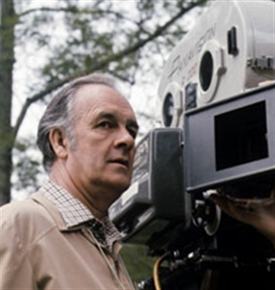
Donald Herman Sharp was an Australian film director.
"The Fly" is a science fiction horror short story by French-British writer George Langelaan. It was published in the June 1957 issue of Playboy magazine. It appeared in SF The Year's Greatest Science-Fiction and Fantasy, Dell First Edition B119, 1958. It was first filmed in 1958, and then again in 1986. An opera of the same name by Howard Shore premiered at the Théâtre du Châtelet, Paris, in 2008. The short story "The Fly" is included in Langelaan's short story collection Out of Time (1964).

Return of the Fly is a 1959 American horror science-fiction film and sequel to The Fly (1958). It is the second installment in The Fly film series. It was released in 1959 as a double feature with The Alligator People. It was directed by Edward Bernds. Unlike the previous film, Return of the Fly was shot in black and white.

Beau Geste is a 1939 American adventure film starring Gary Cooper, Ray Milland, Robert Preston, Brian Donlevy, and Susan Hayward. Directed and produced by William A. Wellman, the screenplay was adapted by Robert Carson, based on the 1924 novel of the same title by P. C. Wren. The music score was by Alfred Newman and cinematography was by Theodor Sparkuhl and Archie Stout.

Maurice Ronet was a French film actor, director, and writer.

The Cabinet of Caligari is a 1962 American horror film by Roger Kay, starring Glynis Johns, Dan O'Herlihy, and Richard Davalos, and released by 20th Century Fox.

La Balance is a 1982 French film directed by Bob Swaim. It stars Nathalie Baye, Philippe Léotard, Tchéky Karyo, Maurice Ronet and Jean-Paul Comart. It won the César Award for Best Film, Best Actor and Best Actress, and was nominated for Most Promising Actor (twice), Best Director, Best Writing – Original and Best Editing. The film had a total of 4,192,189 admissions in France becoming the 5th highest-grossing film of the year.

Robert Lenard Lippert was an American film producer and cinema chain owner. He was president and chief operating officer of Lippert Theatres, Affiliated Theatres and Transcontinental Theatres, all based in San Francisco, and at his height, he owned a chain of 139 movie theaters.

Spaceflight IC-1, also known as Space Spaceflight IC-1: An Adventure in Space, is a 1965 British science-fiction movie directed by Bernard Knowles and starring Bill Williams and Norma West. It was written by Harry Spalding. The civilized world is controlled by an all-powerful computerised government which sends colonists into space.

Witchcraft is a 1964 British horror film directed by Don Sharp and starring Lon Chaney Jr., Jack Hedley and Jill Dixon. The script was written by Harry Spalding.

Five Gates to Hell is a 1959 American adventure film written and directed by James Clavell in CinemaScope. The film stars Dolores Michaels, Patricia Owens, Neville Brand, Ken Scott, Nobu McCarthy and Benson Fong. It was Clavell's directorial debut.
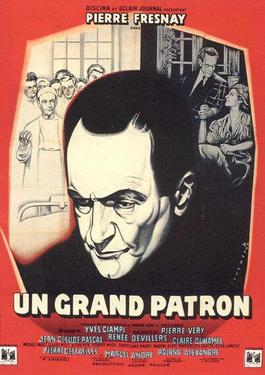
Great Man is a 1951 French drama film directed by Yves Ciampi and starring Pierre Fresnay, Renée Devillers and Jean-Claude Pascal.

The film series of The Fly is a sequence of science fiction-horror films, consisting of an original series started in 1958 and a remake series made in the 1980s. The first film of the series, The Fly, was produced and distributed by 20th Century Fox in 1958 as a colour film. The two following black and white sequels, Return of the Fly and Curse of the Fly, both produced by Associated Producers, were released in 1959 and 1965 respectively. The original film was remade in 1986, The Fly directed by David Cronenberg. The remake film received the Academy Award for Best Makeup in 1987. Its sequel, The Fly II, was released in 1989. All five films within the series were distributed by 20th Century Fox.



















